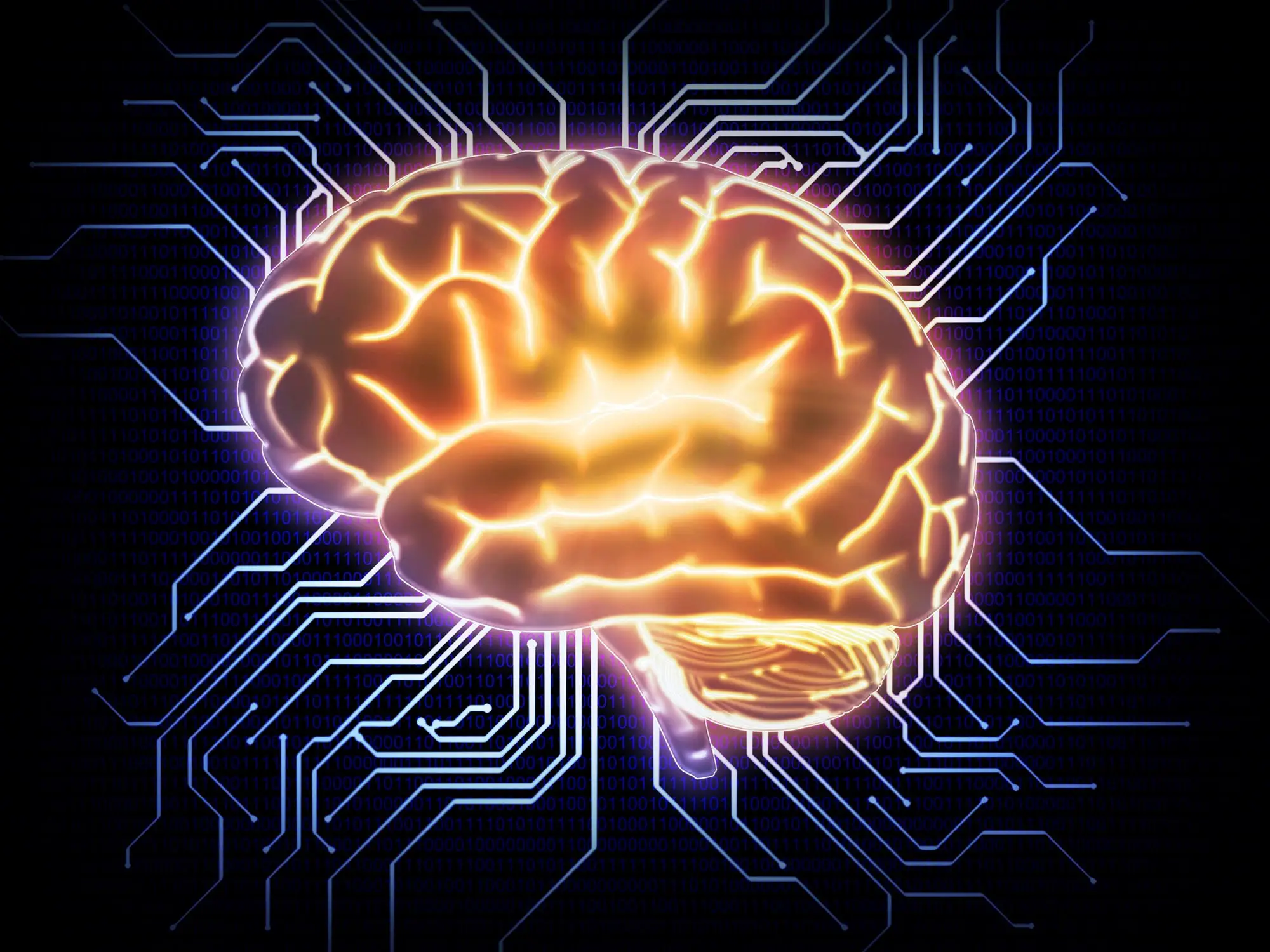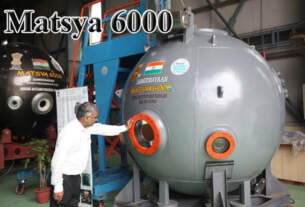By Bhalakatha
In the ever-evolving landscape of artificial intelligence (AI) research, a burgeoning field known as organoid intelligence is gaining prominence, promising to revolutionize the way we perceive and develop AI systems. This innovative field, also referred to as biocomputing, envisions the creation of computers with organic brains, with the ultimate goal of replicating the intricacies of the human brain to advance AI capabilities further.
Current AI models, while impressive, rely on networks composed of a few hundred million artificial neurons. These models, despite their achievements, consume a significant amount of energy. In stark contrast, the human brain operates with remarkable efficiency, managing connections among nearly 90 billion neurons while consuming relatively little energy. To put it into perspective, replicating the sheer number of connections found in the human brain using current AI technologies would necessitate the energy output of a nuclear power plant.
Biocomputing takes a pioneering approach by incorporating living biological neurons into machines. Dr. Fred Jordan, CEO and co-founder of Final Spark, one of the early pioneers in this field, aptly describes this moment as the beginning of a revolution. In 2014, Dr. Jordan, along with his colleague Dr. Martin Kutter, established one of the world’s earliest biocomputing companies in Switzerland. They are joined in this endeavor by Cortical Labs in Australia and Koniku in the United States.
Biocomputers, equipped with live neurons, possess the ability to reason much like humans and generate novel ideas that extend beyond their pre-programmed knowledge. This sets them apart from traditional AI programs like ChatGPT, which can only provide responses based on the data within their databases.
Dr. Jordan, who has nurtured a lifelong dream of creating a thinking computer, realized that merging artificial intelligence and neuroscience, two traditionally distinct disciplines, was the key to achieving this ambitious goal. He explained that the brain’s intricate information processing methods exceed the capabilities of today’s digital computers. Thus, the introduction of living neurons, often referred to as “wetware,” is envisioned as the revolutionary solution.
However, the road to building a biocomputer that can pass the Turing test, which assesses a machine’s ability to exhibit human-like intelligence, remains a formidable challenge that has yet to be conquered.
In the realm of biocomputing research, Final Spark works with thousands of neurospheres—three-dimensional structures housing living neurons that serve as biocomputer prototypes. These neurospheres house approximately 10,000 neurons for 100 days, during which Dr. Jordan and his team diligently study how to train these neurons. The ultimate objective is to enable neurospheres to perform “useful tasks,” such as learning and memorization (neuroplasticity), by stimulating neurons using electrodes. However, this endeavor is no small feat, as each neurosphere exhibits unique characteristics.
As of now, Final Spark’s neurospheres can only store 1 bit of information, comparable to the state of quantum computers 15 years ago. Dr. Jordan emphasizes that their work is open data, rooted in the belief that the pursuit of the optimal biocomputing solution surpasses the risk of competition.
In the forthcoming months, Final Spark intends to collaborate with universities worldwide, granting students the opportunity to conduct remote electrode stimulation tests and contribute to research on neuroplasticity. Dr. Jordan expresses hope that substantial progress in certain aspects of learning will be made in the coming year, forging innovative paths and intriguing directions.
The most immediate application of biocomputing lies in its potential to replace the synthetic processors used by AI companies, potentially reducing energy consumption by a staggering “1 million to 10 billion times,” as Dr. Jordan suggests. While Dr. Jordan has initiated collaborations with numerous tech companies, he acknowledges that not all fully comprehend their objectives. Nevertheless, the recognition of “organoid intelligence” by Frontiers, a highly respected research journal, holds significant meaning in light of the lack of prior acknowledgment.
When contemplating the potential of biocomputing, Dr. Jordan emphasizes that its capabilities extend far beyond mere energy efficiency. Neurons possess the remarkable ability to self-program, unlocking possibilities in AI that are, as he puts it, “unfathomable.” With organoid intelligence on the horizon, we stand at the threshold of an exciting new era in AI research that may reshape the future of technology and human-machine interaction.





